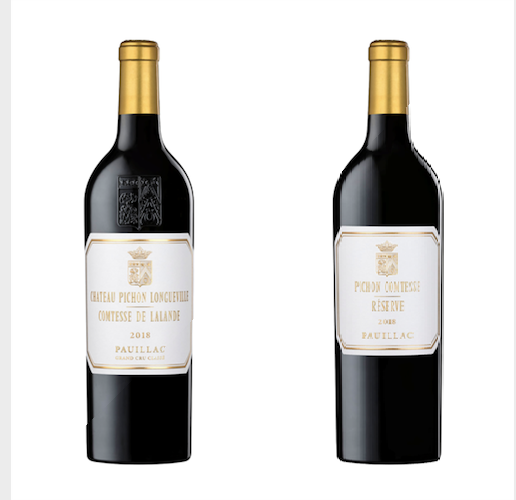News
PICHON COMTESSE UNVEILS NEW LABELS
The new look was revealed last week during Vinexpo and is meant to both coincide with the tenth anniversary of renovation work at the winery and an official recognition of the property’s sobriquet, ‘Pichon Comtesse’.

Charles Fournier, commercial and marketing director at the estate, explained that the new labels are, “purer and have a more modern feel”.
They also look similar, pointing to a clear...